Control Systems Multiple Choice Questions
Question 1
Cascade control is characterized by:
(A) a special relay or function block to compensate for nonlinear process gain
(B) one controller providing a setpoint for another controller
(C) the presence of a “dead time” relay or function block
(D) two controllers whose outputs are selected either by high or low value
(E) the presence of a “lead/lag” relay or function block
Answer : B
Question 2
Adaptive gain is used for controlling processes.
(A) Nonlinear
(B) Time-variant
(C) Dead time
(D) Fast
(E) Integrating
Answer : A
Question 3
The three “elements” in a three-element boiler feedwater control system are:
(A) Feedwater flow, water conductivity, and steam flow
(B) Drum level, water pH, and drum temperature
(C) Turbidity, feedwater flow, and temperature
(D) Drum temperature, firing rate, and feedwater flow
(E) Steam flow, drum level, and feedwater flow
Answer : E
Question 4
The purpose of feedforward control is to:
(A) eliminate the need for feedback control in a process
(B) reduce the effect of load variation on the process variable
(C) save energy
(D) reduce the effect of process variable noise on stability
(E) compensate for dead time and lag time in a process
Answer : B
Question 5
In a feedback control system, the controller gets its input from the.
(A) Load variable
(B) Manipulated variable
(C) Inferred variable
(D) Controlled variable
(E) Dynamic variable
Answer : D
Question 6
Ratio control is where:
(A) one variable is controlled in proportion to another
(B) a “wild flow” variable sets the gain of the controller
(C) fuel must be precisely rationed for economy
(D) process data is communicated in a digital format
(E) the rate of one variable must remain fixed over time.
Answer : A
Question 7
The following P&ID shows a/an control strategy:
(A) Adaptive gain
(B) Ratio
(C) Model predictive
(D) Cascade
(E) Feedforward
Answer : D
Question 8
The primary controller in a cascade control system must always be tuned:
(A) faster than the secondary
(B) using the Ziegler-Nichols method
(C) with the same parameters as the master
(D) with greater filtering than the secondary
(E) after the secondary is tuned
Answer : E
Question 9
The following P&ID shows a/an control strategy:
(A) Ratio
(B) Cascade
(C) Feedforward with trim
(D) Override
(E) Two-element
Answer : C
Question 10
Lead/lag compensation, sometimes called “dynamic compensation,” is commonly used to:
(A) improve stability by changing controller gain over time
(B) filter noise from the process variable signal in a feedforward system
(C) overcome dead time by duplicating the process lags on the setpoint signal
(D) equalize load and manipulated variable lags in a feedforward system
(E) prevent integral windup by placing limits on the manipulated variable signal
Answer : D
Credits : by Tony R. Kuphaldt
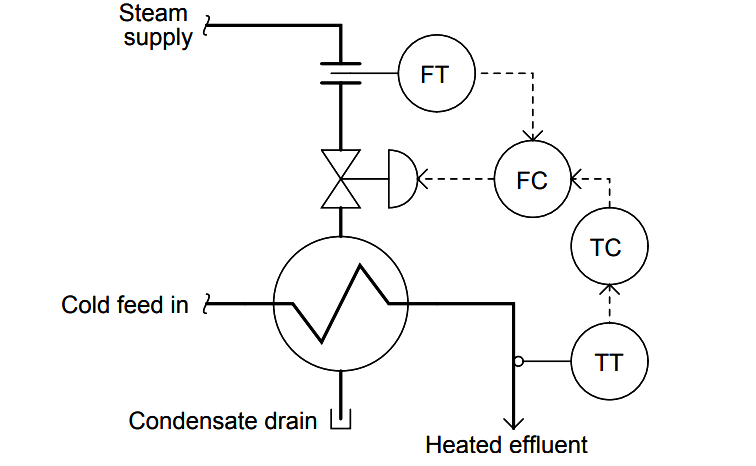


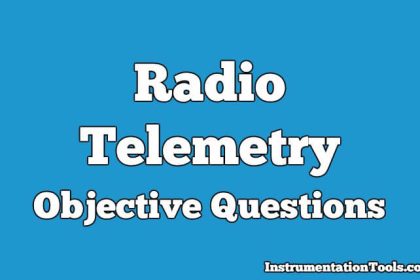
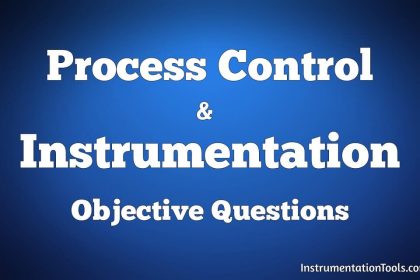

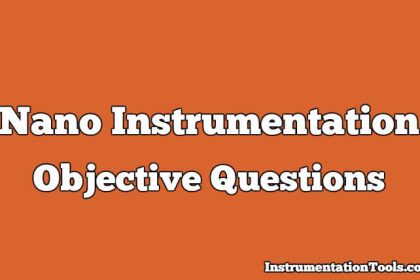
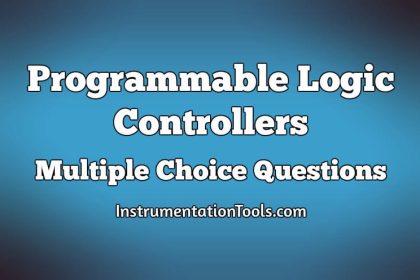

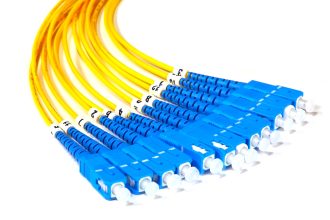
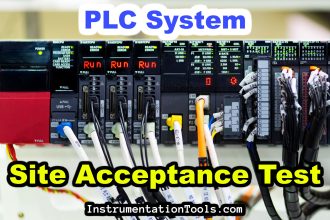
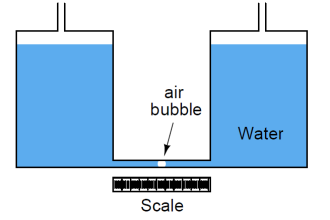

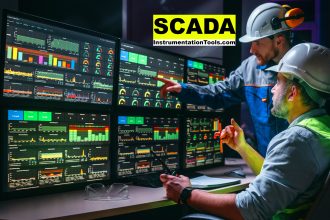
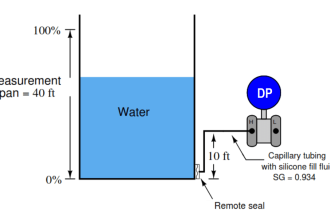
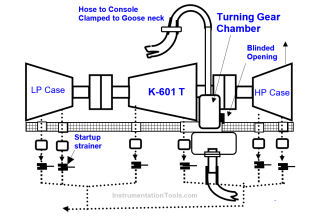
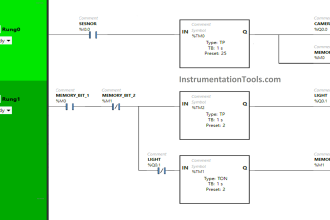

a simple single feedback control of reactor temperature suffer from the date time of the jacket which is mcq 0 ,will not affect ,1 ,none of the above